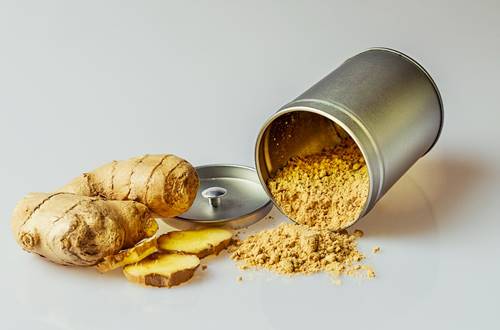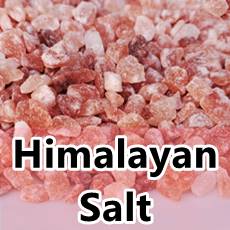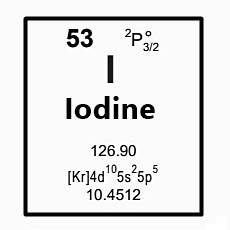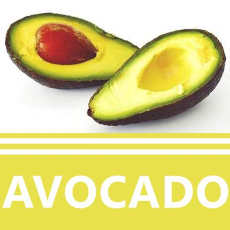Natural painkillers
Treating Pain With Fruits and Veggies
Fact Checked
×All the content published in our website is fact checked to validate its accuracy.
Visit our guidelines web page to learn more about our strict processes regarding how we review our content's sources: reliable and reputable journals, media websites, universities, colleges, organizations, and professionals.
Our articles are based on scientific evidence, and the references are included in its footnotes, which are clickable links to sound scientific papers.
First published: 10. Jan.2025
Overview
The first painkillers were obtained from plants and discovered by trial and error like willow bark, and "milk of poppy" or meadowsweet.
The World Health Organization estimates that around 40% of pharmaceutical products today draw from nature and traditional knowledge.
This article will look into some natural plant-based painkillers and their analgesic effects.
References and Further Reading
(1) Rondanelli M, Miccono A, Peroni G, Guerriero F, Morazzoni P, Riva A, Guido D, Perna S, (2016). A Systematic Review on the Effects of Botanicals on Skeletal Muscle Health in Order to Prevent Sarcopenia. Evid Based Complement Alternat Med. 2016;2016:5970367. doi: 10.1155/2016/5970367. Epub 2016 Mar 9. PMID: 27051451
(2) Subakti, B.L Br, Ginting C.N, Chiuman L., (2022). Analgesic and Antipyretic Effects of Red Dragon Fruit (Hylocereus polyrhizus) Peel Extract in White Male Rats. Majalah Obat Tradisional, [S.l.], v. 27, n. 3, p. 192-198, dec. 2022. ISSN 2406-9086, doi:http://dx.doi.org/10.22146/mot.76947
(3) Lin CR, Tsai SHL, Wang C, Lee CL, Hung SW, Ting YT, Hung YC., (2023). Willow Bark (Salix spp.) Used for Pain Relief in Arthritis: A Meta-Analysis of Randomized Controlled Trials. Life (Basel). 2023 Oct 14;13(10):2058. doi: 10.3390/life13102058. PMID: 37895439
(4) Sic A, Manzar A, Knezevic NN., (2024). The Role of Phytochemicals in Managing Neuropathic Pain: How Much Progress Have We Made?. Nutrients. 2024; 16(24):4342. https://doi.org/10.3390/nu16244342
(5) Javadi, F., Ahmadzadeh, A., Eghtesadi, S., Aryaeian, N., Zabihiyeganeh, M., Rahimi Foroushani, A., & Jazayeri, S., (2017). The effect of quercetin on inflammatory factors and clinical symptoms in women with rheumatoid arthritis: a double-blind, randomized controlled trial. Journal of the American college of nutrition, 36(1), 9-15
(6) Nieman, D.C., Sakaguchi, C.A., Omar, A.M. et al., (2023). Blueberry intake elevates post-exercise anti-inflammatory oxylipins: a randomized trial. Sci Rep 13, 11976 (2023). https://doi.org/10.1038/s41598-023-39269-1
(7) Du C, Smith A, Avalos M, South S, Crabtree K, Wang W, Kwon YH, Vijayagopal P, Juma S., (2019). Blueberries Improve Pain, Gait Performance, and Inflammation in Individuals with Symptomatic Knee Osteoarthritis. Nutrients. 2019 Jan 29;11(2):290. doi: 10.3390/nu11020290. PMID: 30699971
(8) Schell J, Scofield RH, Barrett JR, Kurien BT, Betts N, Lyons TJ, Zhao YD, Basu A., (2017). Strawberries Improve Pain and Inflammation in Obese Adults with Radiographic Evidence of Knee Osteoarthritis. Nutrients. 2017 Aug 28;9(9):949. doi: 10.3390/nu9090949. PMID: 28846633
(9) Widyadharma IPE, Soejitno A, Jawi M, Purwata TE, Suprapta DN, Sudewi AAR, (2020). Basic Properties of Anthocyanin for Pain Management. Open Access Maced J Med Sci [Internet]. 2020 Sep. 10 [cited 2025 Jan. 9];8 (F):161-79
(10) Jill M Tall, Navindra P Seeram, Chengshui Zhao, Muraleedharan G Nair, Richard A Meyer, Srinivasa N Raja, (2004). Tart cherry anthocyanins suppress 2025ion-induced pain behavior in rat. Behavioural Brain Research, Vol 153:1, pp 181-188, ISSN 0166-4328, https://doi.org/10.1016/j.bbr.2003.11.011
(11) Kuehl KS, Perrier ET, Elliot DL, Chesnutt JC., (2010). Efficacy of tart cherry juice in reducing muscle pain during running: a randomized controlled trial. J Int Soc Sports Nutr. 2010 May 7;7:17. doi: 10.1186/1550-2783-7-17. PMID: 20459662
(12) Hikisz P, Bernasinska-Slomczewska J., (2021). Beneficial Properties of Bromelain. Nutrients. 2021 Nov 29;13(12):4313. doi: 10.3390/nu13124313. PMID: 34959865
(13) Kuehl KS., (2012). Cherry juice targets antioxidant potential and pain relief. Med Sport Sci. 2012;59:86-93. doi: 10.1159/000341965. Epub 2012 Oct 15. PMID: 23075558
(14) Leipner J, Iten F, Saller R., (2001). Therapy with proteolytic enzymes in rheumatic disorders. BioDrugs. 2001;15(12):779-89. doi: 10.2165/00063030-200115120-00001. PMID: 11784210
(15) Brien S, Lewith G, Walker A, Hicks SM, Middleton D, (2004). Bromelain as a Treatment for Osteoarthritis: a Review of Clinical Studies. Evid Based Complement Alternat Med. 2004 Dec;1(3):251-257. doi: 10.1093/ecam/neh035. Epub 2004 Oct 6. PMID: 15841258
(16) Aghababaei F, Hadidi M., (2023). Recent Advances in Potential Health Benefits of Quercetin.Pharmaceuticals (Basel). 2023 Jul 18;16(7):1020. doi: 10.3390/ph16071020. PMID: 37513932
(17) Anh NH, Kim SJ, Long NP, Min JE, Yoon YC, Lee EG, Kim M, Kim TJ, Yang YY, Son EY, Yoon SJ, Diem NC, Kim HM, Kwon SW., (2020). Ginger on Human Health: A Comprehensive Systematic Review of 109 Randomized Controlled Trials. Nutrients. 2020 Jan 6;12(1):157. doi: 10.3390/nu12010157. PMID: 31935866
About this Article
Natural painkillers, A. Whittall
©2025 Fit-and-Well.com. First Published: 10.Jan.2025. Update scheduled for 10.Jan.2028. https://www.fit-and-well.com/fitness/natural-painkillers.html
Tags: pain, analgesics, painkiller, bromelain, pineapple, apples, cherries, blueberries, strawberries, willow bark, anthocyanins, quercetin, IBD, joints







